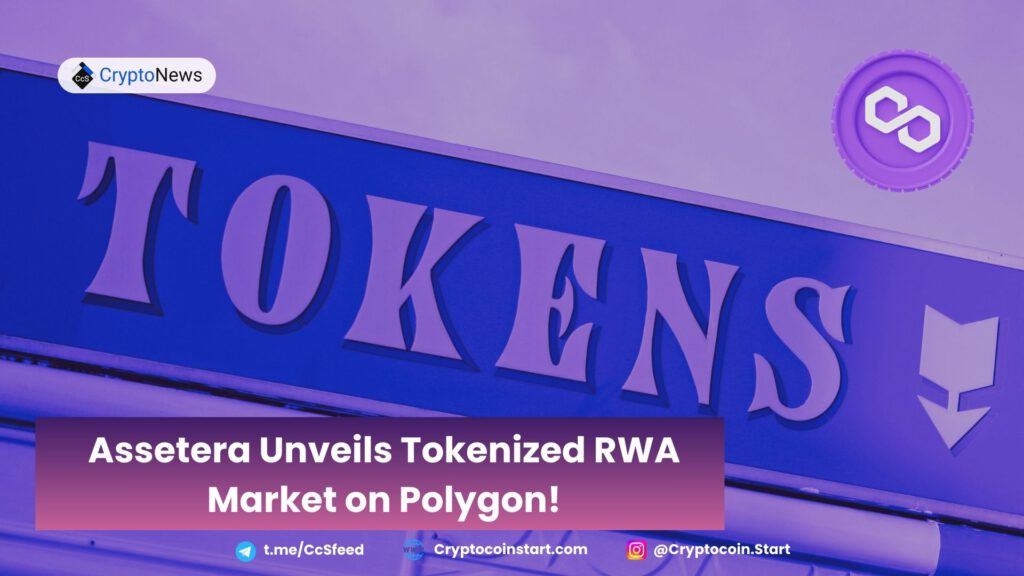
Introduction to Assetera
Polygon is set to host Assetera, Europe’s first blockchain-based regulated secondary market for tokenized real-world assets (RWAs). Regulated by the Austrian Financial Market Authority, Assetera will utilize in-house developed smart contracts on the blockchain to facilitate its operations.
Targeting a Diverse Clientele
Assetera aims to serve a wide range of clients, including:
- Retail investors
- Professional traders
- Institutional clients
The platform will offer various tokenized financial instruments such as:
- Transferable securities
- Money market instruments
- Fund units
- Derivatives
Additionally, Assetera will feature tokenized RWAs like:
- Real estate
- Art
Always On: Atomic and Regulated Trading
Assetera will execute trading activities directly on the Polygon network, utilizing stablecoins for purchases, clearing, and settlement through atomic swaps. This setup allows for:
- 24/7 trading availability
- Automated processes without manual intervention
According to Assetera CEO Thomas Labenbacher, this innovation provides unparalleled liquidity and accessibility for asset owners and investors. He noted:
“This opens up a world of possibilities for asset owners and investors, so that there is a level of liquidity and accessibility previously unimaginable. The Polygon Proof-of-Stake mechanism ensures that we can scale this revolutionary platform sustainably without compromising on security or regulatory compliance.”
Security and Compliance Measures
Assetera supports both custodial and non-custodial wallets, including bank-managed wallets. The platform has partnered with:
- Sumsub
- Chainalysis
- Fireblocks
These partnerships aim to enhance Anti-Money Laundering (AML) measures and ensure a secure trading environment.
Navigating Regulatory Changes
Assetera operates under a comprehensive Markets in Financial Instruments Directive 2018 (MiFID II) license, as well as a virtual asset service provider (VASP) license. It’s important to note that digital assets categorized as financial instruments are regulated under MiFID II, even with the introduction of the Markets in Crypto-Assets (MiCA) legislation.
MiFID II does not explicitly define what constitutes a financial instrument; instead, it provides examples and leaves further details to individual countries. In April, the European Securities and Markets Authority (ESMA) released a consultative document on the definition of financial instruments.
In July, ESMA collaborated with the European Banking Authority and the European Insurance and Occupational Pensions Authority to re-evaluate crypto asset classification. Notably, MiCA provisions regarding stablecoins came into effect on July 1, leading to immediate market adjustments, including the blocking of noncompliant stablecoin sales in Europe and the emergence of compliant alternatives.

